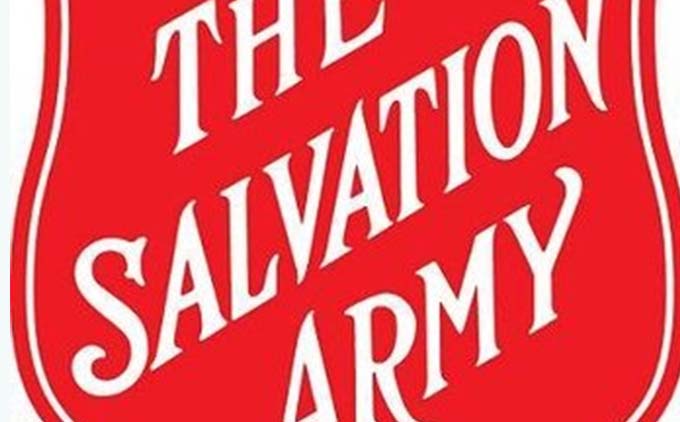New Covid wave in remorseless rise

Herald Reporter
Zimbabwe took just a week for daily new cases to race above the 1 000 mark in the new wave, a process that took almost a month when the third wave hit in June this year.
In the first nine days of the wave, the number of daily new cases rose from the low point of 27 on Thursday 25 November to 1 042 just a week later on Thursday last week, with jumps each day, except on Sunday, and then roughly stabilise at 1 062 on Friday and 1 082 on Saturday.
Reported new cases did drop to 523 on Sunday, but this has been the case for many months, largely because of some data reporting staff not being around, and the daily number of new cases is expected to jump more yesterday and today as the unreported or even untested new Sunday cases are brought into the statistics.
The seven-day rolling average, which is the statistic used by those who plot advances and retreats of infection waves, since it tends to measure trends and eliminate any sudden one-day effects, was climbing continually.
On Thursday November 25, now seen as the last day before the fourth wave struck, the average for the past seven days was just 26, the lowest it had been since June when the third wave started. But that happy moment of victory was short-lived.
On Friday it had already climbed to 32, even though there was just one day in the seven with extra new infections, and then started its remorseless climb to 45 on Saturday, 49 on Sunday, 79 on Monday, 131 on Tuesday, 227 on Wednesday, 372 on Thursday, already more than 10 times the average rate a week earlier, then 515 on Friday, 653 on Saturday and 722 on Sunday, or 28 times as high as what was seen the day before the fourth wave was noticed.
A major part of the problem in Zimbabwe was the complacency that built up after the third wave was successfully beaten back.
Infection rates started rising slowly at the beginning of June peaking on July 16 with a daily average of 2 355 and then falling very slowly with the worst over by the end of August, although there was a small bulge in late September and early October, largely fuelled by the outbreaks in a few schools, before falling again to pre-wave levels just over a week ago.
But what amounted to three months of low infections made a lot of Zimbabweans very complacent and a lot of precautions were not taken by many people. Curfews were basically ignored and bars and nightclubs stopped asking for vaccination cards.
The same complacency was seen in vaccinations. As the third wave struck the Government had managed to sort out the vaccine supply bottlenecks, with our Chinese suppliers now able and ready to maintain shipments in excess of our consumption.
At the same time, the Ministry of Health and Child Care made a major push to get the vaccines out to the teams, with the teams increased in number and strengthened.
With the bottlenecks removed and a lot of people seriously worried, vaccination rates jumped almost as fast as the case load, from late June to the third week of August when we managed to jab more than 100 000 people in a single day and more than 500 000 in a single week. But as the third wave ebbed so did the vaccination rate.
By late October and early November we were down to just over 100 000 jabs a week, about a fifth of what we had seen when most people were very worried.
There was a rise, and in one week we went over 200 000 jabs, but this is now known to have been the campaign that saw almost all schoolchildren aged 16 and over jabbed in their schools.
The week to Saturday 27 November we were back down to 164 430. But that was the start of the fourth wave.
Last week vaccination rates jumped a bit to 181 751 and even on Sunday we had one of best Sundays for a long time. This week, if past trends continue, we should see vaccination rates rising fast.
The Government has now allowed those fully vaccinated to get a booster shot, a third dose, because as the President noted we have the stocks and fairly obviously the vaccination teams have the capacity.
The Ministry of Health and Child Care is, however, phasing in the third jabs. This is likely to be practical. The fully vaccinated are the eager group and so are likely to have a high percentage who want the third jab, and thus as we cannot cope with 2,8 million people in one week need to be spaced out a bit.
By Sunday, 3 874 694 Zimbabweans had entered the programme by having at least one jab. This is just 25,83 percent of the entire population and 41,27 percent of those aged 16 and over. The fully vaccinated by then totalled 2 884 805, or 19,23 percent of the entire population and 30,72 percent of those aged 16 or over.
However, out percentages of the eligible population are likely soon to fall sharply as continuing research opens up younger age groups for safe vaccination. Zimbabwean medical authorities are now talking about 14-year-olds and 12-year-olds.
There are already vaccines that have been declared safe for these young children by informed global consensus and the vaccines used by Zimbabwe are likely to either follow or we will be able to import those already on the safe list.









Comments